Vietnam is a beautiful country that has been attracting travelers for ages. For traveling to another country, you need a valid passport and a visa to enter that country, and you have to keep these things ready before going on a tour or traveling.
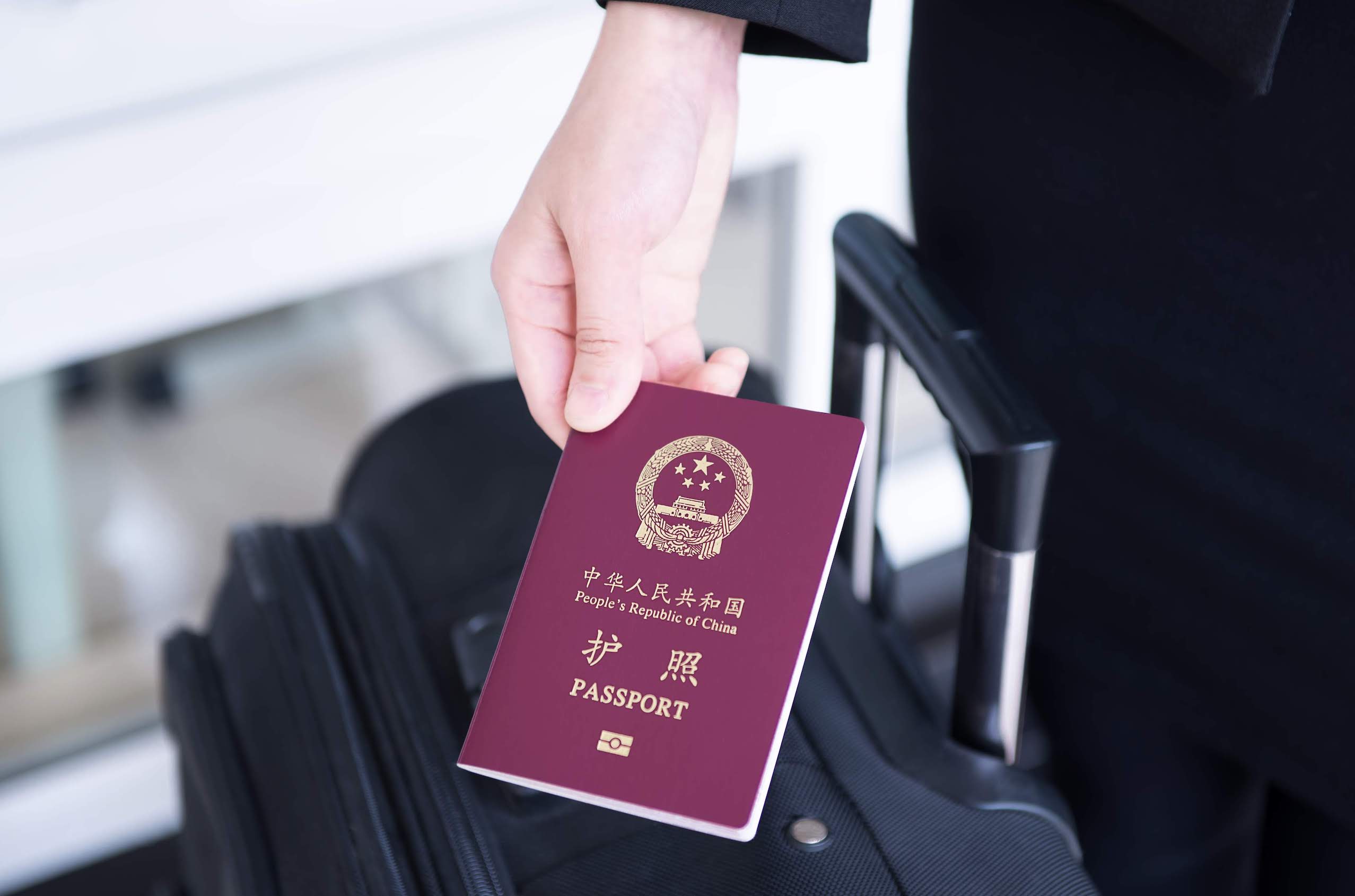
Recently introduced Chinese e-passport has created difficulties for its users to get Vietnamese e-Visa and other visas to china’s neighboring countries. Users of Chinese e-passport has to apply for a different visa or go through a separate application process to get Vietnamese e-Visa. This article focuses on the introduction of china’s e-passport, controversies surrounding e-passport and other options for Chinese travelers to Vietnam
Also known as biometric passport contains a microchip in them, which holds the biometric information of the holder like signature and fingerprints. Chinese e-passport is updated and equipped with the latest technology and is much harder to counterfeit. These e-passports come with many advantages, such as using selective gates at the airport around the world. It is automatic and doesn’t need the supervision of an officer. It, in return, reduces queues and unnecessary waiting at the airports.
These biometric passports were introduced to give a smooth and hassle-free traveling experience to the Chinese, needless to say much more safe travel.
Compared to the traditional style of passports, e-passports have a lot of extra features, which makes it easier to use more secure against possible fraud. These features include a microchip that contains the digital data of the holder, increased anti-fraud features, a map of china watermarked on each page, and a total of 48 pages, including 40 visa pages.
Applying for Vietnamese e-Visa is very easy and saves lots of time. The application process is online and, once granted, allows the tourist to stay in Vietnam for 30 straight days. It was introduced as the old application process needed the applicant to either visit the embassy or apply for the visa at the airport, which often ends with long queues and variable fees. But, with the new e-Visa doesn’t make you stand in long lines, as long as you have required documents; instead, you will receive a visa via mail within minutes.
Many countries whose major part of the economy comes through tourism started implementing this method to make hassle-free traveling. It, in return, increased the tourist count to a reasonable extent and also contributed a lot to the economy of Vietnam.
This system was mainly introduced as the number of tourists to this easternmost country increased by 2016, and a need for a new system was very much needed. It is resulting in the release of eVisa without further ado in the year of 2017. Vietnam welcomed 12.9 million visitors in the year 2017, an increase of 29.1% over 2016.
Using Chinese e-passport to apply for Vietnamese e-Visa for Chinese will be unsuccessful. Disagreements have been raised between the Chinese and its neighboring countries as the map of china printed on e-passport includes land and maritime territories that are claimed or belongs to either India, Vietnam, or the Philippines.
Despite the series of cordial talks between Beijing and New Delhi, the relation between the two countries remained strained. China’s map on Chinese e-passport watermarks on two regions – Indian state of Arunachal Pradesh and the disputed Aksai chin that china occupies. The e-passport also watermarks the resource-rich islands of the Sea in Southern of China as Chinese territory, which are also claimed by Vietnam and the Philippines. As a result, tensions have been raised in-between these countries and China. India, Vietnam, and the Philippines ended up setting limitations to the eligibility of Chinese nationals for their visas.
These limitations are that Chinese e-passport holders cannot apply for Indian visas from outside china that implies that they have to return to China to apply for the Indian visa.
Chinese citizens can’t have a Philippine visa printed on their e-passport; instead, they need to carry their visa on a separate document.
The limitations of Vietnam don’t let Chinese e-passport holders apply for an eVisa to travel to Vietnam.
Chinese e-passport holders applying for a visa to visit Vietnam must be aware that they should come to China for successful completion of and visit a Vietnamese consulate or embassy in china. Four million visa application Chinese visits to Vietnam every year.
Vietnamese travel agents who live in China can assist in obtaining a Vietnam visa printed on a separate document, also known as a loose-leaf visa, and can enter Vietnam by plane.
Chinese citizens holding a non-electronic passport can apply to eVisa like any other eligible country. All they’ve to make sure is that their passport is valid upon six months of arrival, and they have a credit or debit card to pay the application fees.
Where should one even start? Keeping aside its bloody history of the 20th century, Vietnamese culture and history dates back to thousands of years. With centuries of self-sufficiency to self-governance, this civilization could rival anything the world has to offer. The passing years have left Vietnam with a vibrant culture that isn’t going away anytime soon.
Architecture? Visit Hanoi’s Hoan Kiem Lake and Hoi An’s Japanese Bridge.
Entertainment? Get your mind blown by Vietnamese water puppets.
Art? Visit the Kim Bong village and take home an intricate painting.
Natural Beauty? As we go north to south, there’s Ha Long Bay in the north, in central Vietnam there’s Sand Dunes in red and white hues, and finally, in the south, there’s Mekong Delta which has yielded 10,000 new species since scientists started to study the Delta.
The highlands around Da Lat are full of forests, waterfalls and lakes and beaches along the coast are some of the best in the world.
And the best of all Vietnam is cheap, even for South-East Asian country hostel and hotel rooms can cost you around $5 a night and you can get beer for few cents, now how cool is that?
The people of Vietnam are so friendly in all of Asia. You will always be greeted with smiles and occasional Hellos. One can never run out of things to say about Vietnam, and visiting Vietnam is going to be the best decision ever.
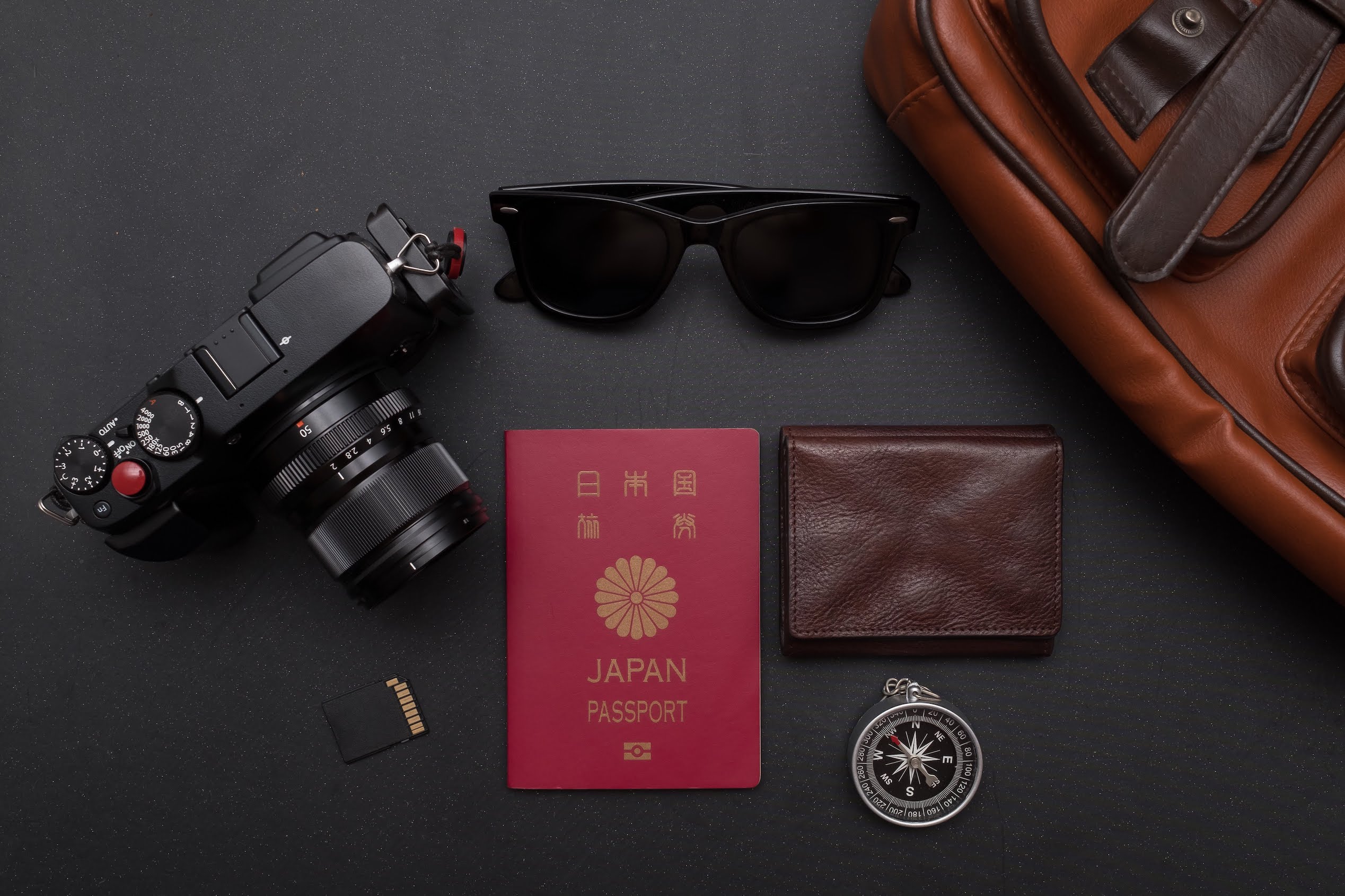
Vietnam is a beautiful country that has been attracting travelers for ages. For traveling to another country, you need a valid passport and a visa to enter that country, and you have to keep these things ready before going on a tour or traveling.
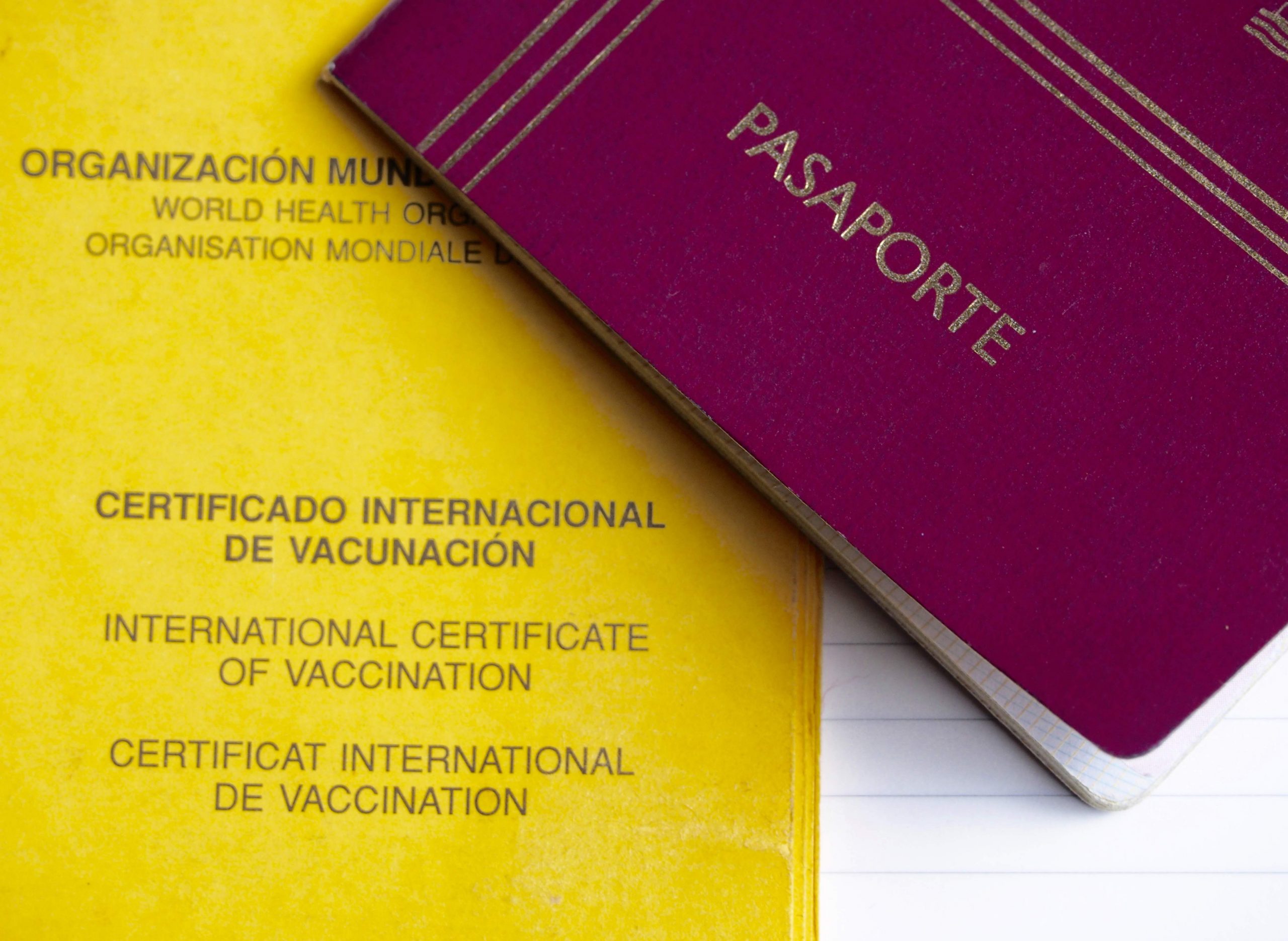
Vietnam, officially known as the Socialistic Republic of Vietnam, is home to scenic and exotic natural wonders. Being the easternmost country of the Indochina peninsula, it is also the 15th most populous country in the world.

Vietnam is one of the most authentic and cheapest travel destinations nestled in Southeast Asia. Not many people know that citizens of most countries do require a visa to visit Vietnam.

Vietnam is a beautiful Southeast Asian country known for its beaches, Buddhist pagodas, rivers, and cities too. Vietnam is becoming an increasingly famous travel destination due to its beauty and budget-friendliness.

Every person has different dreams to achieve. The world is full of different kinds of people and traditions.

Vietnam is a mesmerizing country in South East Asia with myriad experiences in-store. From historic sites, Buddhist pagodas, to rivers, beaches, and incredible natural landscapes- the country has a lot to offer.
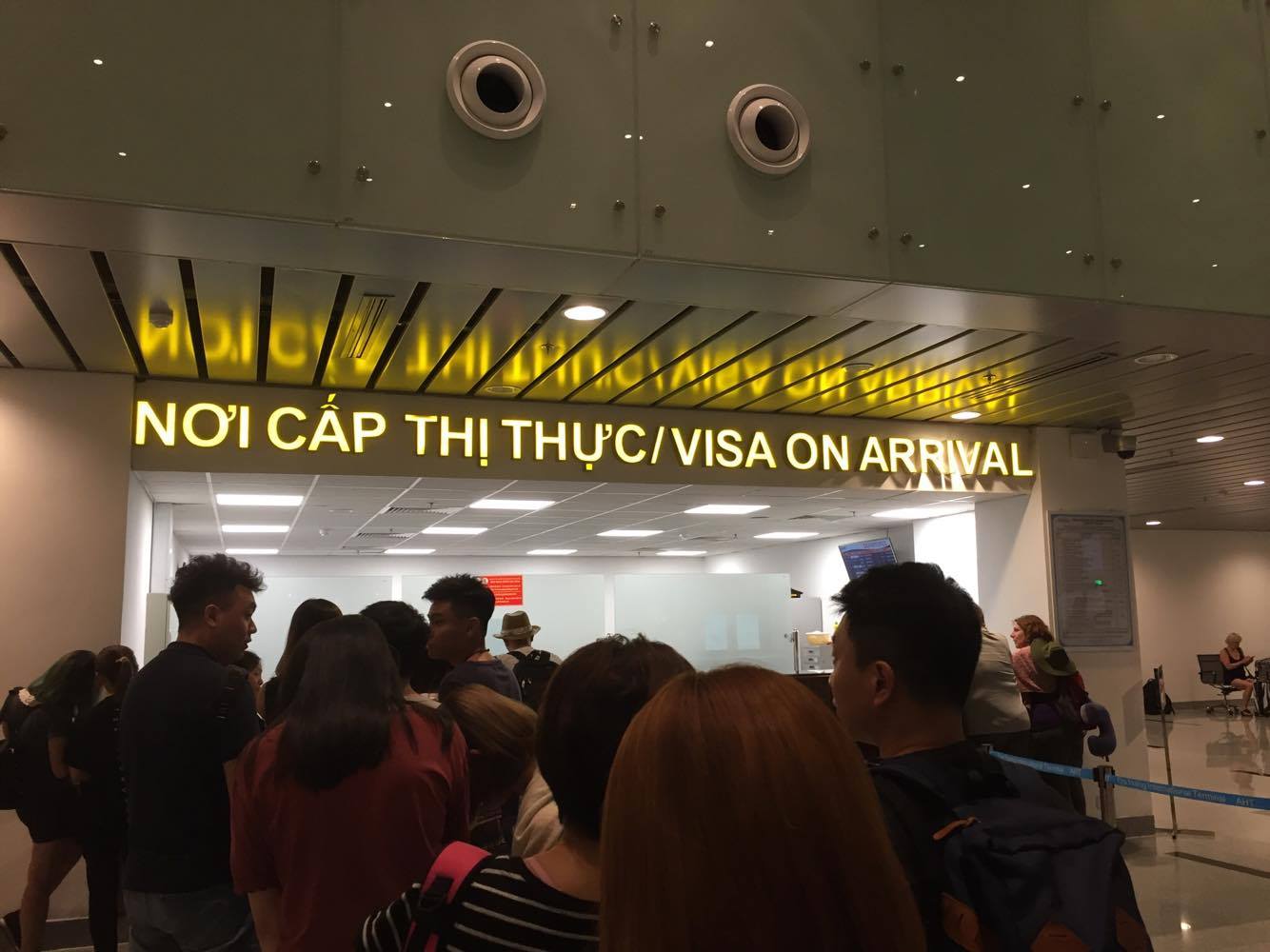
If you are planning your next vacations in beautiful Vietnam with your family or friends, then initialize with the visa on arrival requirements to plan your trip correctly. In brief, a Vietnam visa is available on arrival.
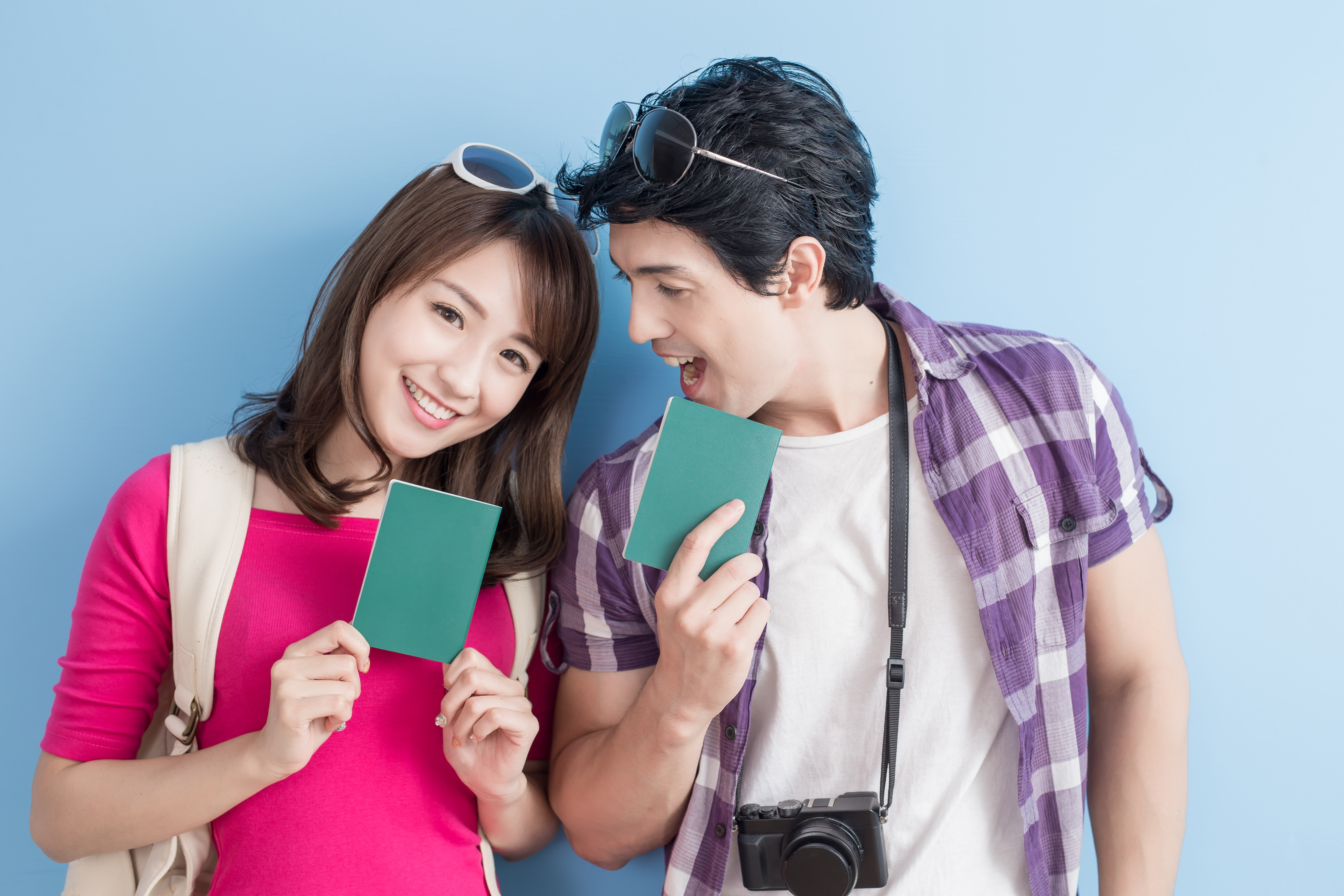
Visiting a country is not possible without a valid visa. That document or piece of paper can be coined as the gateway to another country.